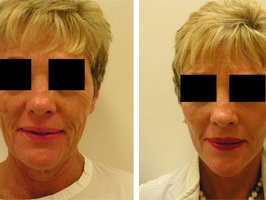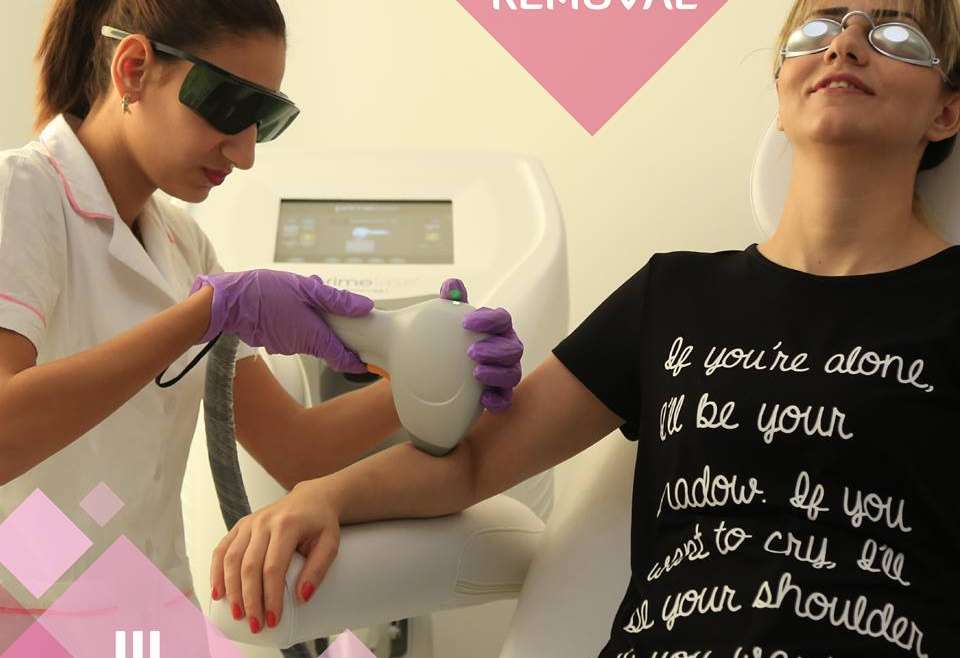Facelift Techniques: A Breakdown of the Most Popular Methods

Facelift surgery, also known as rhytidectomy, is a popular cosmetic procedure aimed at reducing the visible signs of aging in the face and neck. As we age, our skin loses elasticity, leading to sagging, wrinkles, and a tired appearance. A FaceLift Surgery in muscat can help restore a more youthful look, but not all facelifts are created equal. In this article, we will explore the most popular facelift techniques, their benefits, and what to expect from each procedure.
Understanding Facelift Surgery
Before diving into the different techniques, it’s essential to understand the basics of facelift surgery. The procedure typically involves the removal of excess skin and tightening of underlying tissues to create a smoother, firmer appearance. While the primary goal is to rejuvenate the face, the specific techniques used can vary significantly based on the patient’s needs, the surgeon's expertise, and the desired results.
Traditional Facelift
The traditional facelift, or full facelift, is one of the most common techniques used today. This method is particularly effective for individuals with significant sagging skin and deep wrinkles.
Procedure Overview
During a traditional facelift, the surgeon makes incisions around the hairline and behind the ears to access the underlying tissues. The skin is lifted, and excess skin is removed before the remaining skin is repositioned and tightened. This technique allows for comprehensive rejuvenation of the face and neck, addressing issues like jowls, deep nasolabial folds, and sagging cheeks.
Benefits
One of the key advantages of a traditional facelift is its ability to produce long-lasting results. Many patients enjoy their rejuvenated appearance for up to ten years or more. Additionally, this technique provides significant correction for advanced signs of aging, making it an excellent choice for older patients or those with considerable skin laxity.
Mini Facelift
The mini facelift, or limited incision facelift, is a less invasive alternative to the traditional facelift. This technique is ideal for younger patients or those with mild to moderate sagging who wish to achieve subtle improvements.
Procedure Overview
In a mini facelift, shorter incisions are made, often around the ears or within the hairline. The surgeon lifts and repositions the underlying tissues but may not remove as much skin as in a traditional facelift. This approach results in less downtime and a quicker recovery period.
Benefits
Patients who opt for a mini facelift often experience less swelling and bruising, leading to a faster return to daily activities. Additionally, the results can look very natural, as the technique is designed to enhance the patient’s existing features rather than create a dramatic change. The mini facelift is particularly appealing for those looking for a more refreshed appearance without the extensive recovery associated with traditional techniques.
Neck Lift
A neck lift is often performed in conjunction with facelift surgery but can also be done independently. This procedure targets the neck area, addressing issues such as sagging skin, excess fat, and platysmal bands (vertical bands that form on the neck).
Procedure Overview
During a neck lift, incisions are typically made under the chin and behind the ears. The surgeon removes excess skin and fat, tightens the underlying muscles, and repositions the remaining skin for a smoother contour. This technique can significantly enhance the overall facial rejuvenation achieved through a facelift.
Benefits
A neck lift can dramatically improve the profile and appearance of the neck, contributing to a more youthful overall look. For many patients, addressing the neck area is just as important as rejuvenating the face, as signs of aging in the neck can often betray a youthful appearance. The results can last for several years, and patients often report feeling more confident in their appearance post-procedure.
Mid-Facelift
The mid-facelift focuses specifically on the middle section of the face, including the cheeks and under-eye area. This technique is ideal for individuals who want to address sagging cheeks and hollowness without undergoing a full facelift.
Procedure Overview
During a mid-facelift, incisions are made in the inside of the mouth or along the lower eyelid. The surgeon lifts the cheek tissue and repositions it higher on the face, which helps to restore volume and smooth out fine lines and wrinkles.
Benefits
One of the major advantages of a mid-facelift is that it can provide significant rejuvenation in the mid-face area with minimal scarring. This technique often results in a more youthful contour and can also help improve the appearance of dark circles and bags under the eyes. Since the mid-facelift is less invasive than a traditional facelift, patients often enjoy a quicker recovery time.
Thread Lift
The thread lift is a relatively new technique that has gained popularity for its minimally invasive nature. This procedure is suitable for patients who want a subtle lift without undergoing surgery.
Procedure Overview
In a thread lift, the surgeon inserts special threads under the skin using a needle. These threads are designed to lift and tighten sagging skin. As the threads are placed, they stimulate collagen production, which helps improve the skin's texture and firmness over time.
Benefits
One of the primary benefits of a thread lift is that it requires minimal downtime. Patients can often return to their regular activities within a day or two. Additionally, the procedure is less invasive than traditional facelift methods, making it an attractive option for those who are hesitant about surgery. However, the results are temporary and may last for about six months to a year, making it a suitable option for individuals looking for a short-term enhancement.
Non-Surgical Facelift Options
In addition to surgical techniques, there are various non-surgical options available for facial rejuvenation. While these methods do not provide the same level of improvement as a facelift, they can effectively enhance one's appearance without significant downtime.
Injectable Treatments
Injectable treatments, such as Botox and dermal fillers, are popular non-surgical alternatives to facelifts. Botox can smooth out wrinkles and fine lines by temporarily relaxing the muscles, while fillers can add volume to areas that have lost fullness, such as the cheeks and lips.
Skin Tightening Treatments
Technologies like radiofrequency and ultrasound are used to stimulate collagen production and tighten the skin without incisions. These treatments can improve skin laxity and enhance the overall appearance, providing subtle results over time.
Benefits
The primary advantages of non-surgical facelift options are minimal downtime and lower costs compared to surgical procedures. They are excellent choices for individuals seeking a refreshed look without the commitment of surgery. However, it is essential to note that the results are not as dramatic or long-lasting as those achieved through surgical techniques.
Choosing the Right Technique for You
Selecting the most appropriate facelift technique depends on several factors, including your age, skin type, the extent of aging changes, and your personal preferences. Consulting with a qualified plastic surgeon is crucial to determine which method aligns best with your goals.
Consultation
During the consultation, the surgeon will assess your facial structure, skin quality, and overall health. They will discuss your aesthetic goals and provide recommendations based on their expertise. It’s important to ask questions and express any concerns you may have during this process to ensure that you feel comfortable and informed about your options.
Setting Realistic Expectations
While facelift techniques can provide significant improvements, it is essential to have realistic expectations regarding the results. Understanding the limitations of each technique will help you appreciate the outcomes and avoid disappointment.
Conclusion
Facelift surgery offers various techniques tailored to individual needs, from traditional facelifts to minimally invasive options. By understanding the differences between these methods, you can make an informed decision that aligns with your aesthetic goals. Whether you choose a surgical or non-surgical approach, the key is to consult with a qualified professional to guide you through the process and achieve the best possible results.
Note: IndiBlogHub features both user-submitted and editorial content. We do not verify third-party contributions. Read our Disclaimer and Privacy Policyfor details.







